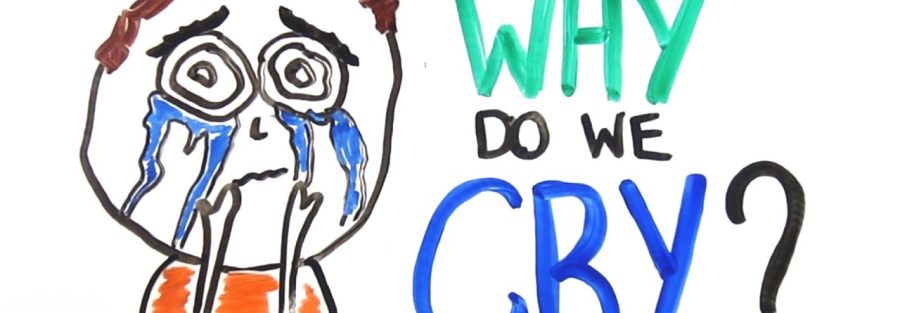Why Do Humans Cry?
Humans are unique in their ability to cry emotional tears. Unlike other animals, we cry not just because of physical pain but also due to feelings of sadness, joy, frustration, and even empathy. Scientists believe that crying evolved as a non-verbal form of communication. In situations where words might fail, tears can express vulnerability, attract support, or foster social bonds.
- Emotional Expression: Tears are often seen as a manifestation of intense emotions. Whether it’s the joy of a reunion, the sadness of a farewell, or the frustration of a challenging day, crying serves as an emotional release. It helps us process and express feelings that might otherwise remain bottled up.
- Social Connection: Crying can also play a critical role in building and strengthening social connections. When we cry, we signal to others that we need comfort, empathy, or support. This can lead to deeper emotional bonds and strengthen community ties, which have been essential for human survival throughout history.
- Physical Benefits: Beyond the emotional and social aspects, crying has physiological benefits as well. Tears help lubricate our eyes, protect them from irritants, and can even reduce stress. When we cry, our bodies release endorphins and oxytocin, hormones that help alleviate pain and improve mood.
The Science Behind Tears
There are three types of tears that humans produce: basal, reflex, and emotional tears. Basal tears keep our eyes lubricated and healthy, while reflex tears are produced in response to irritants like smoke or onions. Emotional tears, however, are unique to humans and are linked to our brain’s emotional centers.
Research has shown that emotional tears contain higher levels of stress hormones compared to other types of tears. This suggests that crying might be a way for our bodies to rid themselves of these chemicals, reducing stress and promoting emotional balance.
Cultural Perspectives on Crying
Crying is perceived differently across various cultures. In some societies, crying is seen as a sign of strength and honesty, while in others, it might be viewed as a weakness or something to be concealed. These cultural norms influence how, when, and why people cry, reflecting the complex interplay between biology, culture, and individual experience.
Conclusion
Crying is more than just a response to emotions or a way to clear our eyes. It is a profound aspect of what makes us human, reflecting our ability to feel deeply, connect with others, and express our inner experiences. Understanding why we cry helps us appreciate the richness of our emotional lives and the many ways in which we communicate and connect with the world around us.
Click Here…. for More Information



